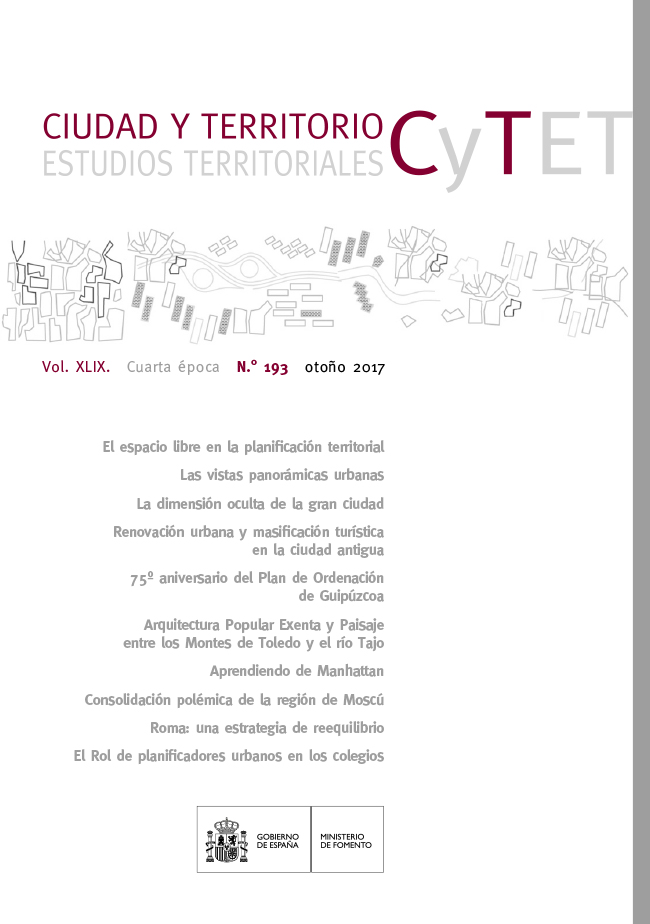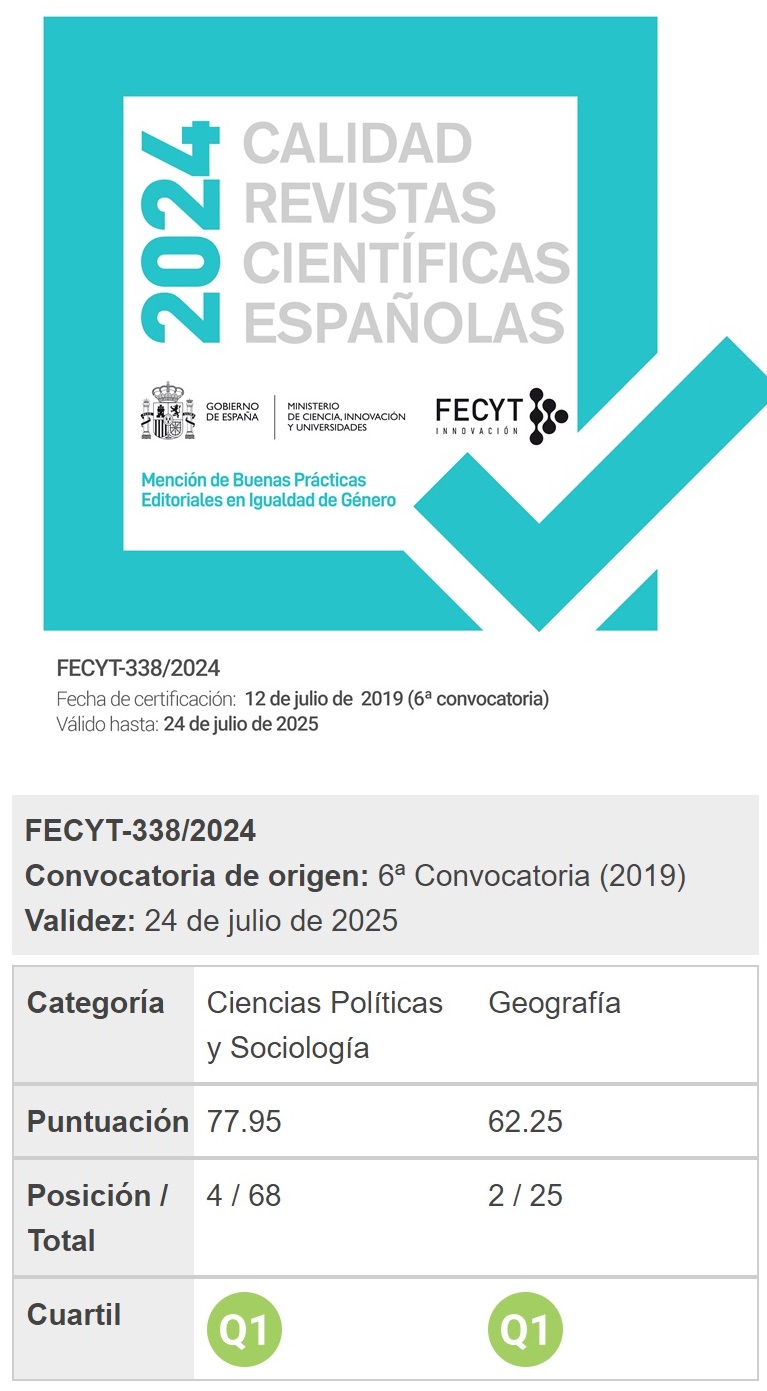Aprendiendo de Manhattan: la consistencia de una trama
Palabras clave:
Manhattan, retículo, renovación, NYC2007Resumen
El destacado papel de Manhattan como laboratorio urbano se sustenta físicamente en una retícula dibujada a principios del xix, consolidada por la urbanización a lo largo del xx y que, a pesar de sucesivas crisis económicas y políticas en sus más de 200 años, mantiene hoy su vigencia. El artículo repasa su gestación, analiza las operaciones de renovación urbana más relevantes, motivadas en su mayoría por grandes decisiones inmobiliarias o por problemas de tráfico y transporte antes que por el espacio público, y aporta elementos de reflexión para las propuestas más recientes. Tanto en las intervenciones en el Lower Manhattan, Union Square, Midtown, en la calle 42 o en el vigente PlaNYC-2007, destacan la fuerte carga de pacto y compromiso de implementación entre agentes urbanos y administración, la fragmentación opcional del territorio según objetivos, la diversidad de población y sus opciones urbanas, el poco reparo a la renovación y la reconstrucción urbanas, la falta de políticas de protección del patrimonio edificado, la superposición de orden y libertad, de fantasía y realismo, y la ausencia de protagonismo de autor. Sin embargo, en todas ellas, y al contrario de cómo lo han hecho edificaciones, actividades y formas de vida desarrolladas bajo su huella, la trama de calles y avenidas en retícula ha permanecido sin cambio alguno.
Descargas
Descargas
Publicado
Cómo citar
Número
Sección
Licencia
Derechos de autor 2017 Alberto Peñín Ibáñez, Alberto Peñín Llobell

Esta obra está bajo una licencia internacional Creative Commons Atribución-NoComercial-SinDerivadas 4.0.
Sin perjuicio de lo dispuesto en la legislación vigente sobre Propiedad Intelectual, y conforme a la misma, el/la los/las autor/a/es/as que publiquen en CyTET cede/n a título gratuito, de modo no exclusivo y sin límite temporal al Ministerio de Transportes, Movilidad y Agenda Urbana los derechos para difundir, reproducir, comunicar y distribuir en cualquier formato actual o futuro, en papel o electrónico, la versión original o derivada de su obra bajo licencia de Creative Commons Reconocimiento-NoComercial-SinObraDerivada 4.0 Internacional (CC BY-NC-ND 4.0), así como para incluir o ceder a terceros la inclusión de su contenido en índices, repositorios y bases de datos nacionales e internacionales, con referencia y reconocimiento en todo caso de la autoría del mismo.
Además, al realizar el envío, el/la los/las autor/a/es/as declara/n que se trata de un trabajo original en el que se reconocen las fuentes que han sido utilizadas en su estudio, comprometiéndose a respetar la evidencia científica y a no modificar los datos originales para verificar o refutar una hipótesis de partida; que el contenido esencial del mismo no ha sido publicado previamente ni se publicará en ninguna otra obra o revista mientras esté en proceso de evaluación en la revista CyTET; y que no se ha remitido simultáneamente a otra publicación.
Los autores deben firmar un Formulario de Cesión de Derechos, que les será enviado desde la Secretaría de CyTET una vez se acepte su artículo para ser publicado.
Con el objetivo de favorecer la difusión del conocimiento, CyTET se adhiere al movimiento de revistas de Open Access (OA) y entrega la totalidad de sus contenidos a diversos índices, repositorios y bases de datos nacionales e internacionales bajo este protocolo; por tanto, la remisión de un trabajo para ser publicado en la revista presupone la aceptación explícita por parte del autor/a de este método de distribución.
Se anima a las/os autoras/es a reproducir y alojar sus trabajos publicados en CyTET en repositorios institucionales, páginas web, etc. con la intención de contribuir a la mejora de la transferencia del conocimiento y de la citación de dichos trabajos.








 Enlace a CyTET en Linkedin
Enlace a CyTET en Linkedin